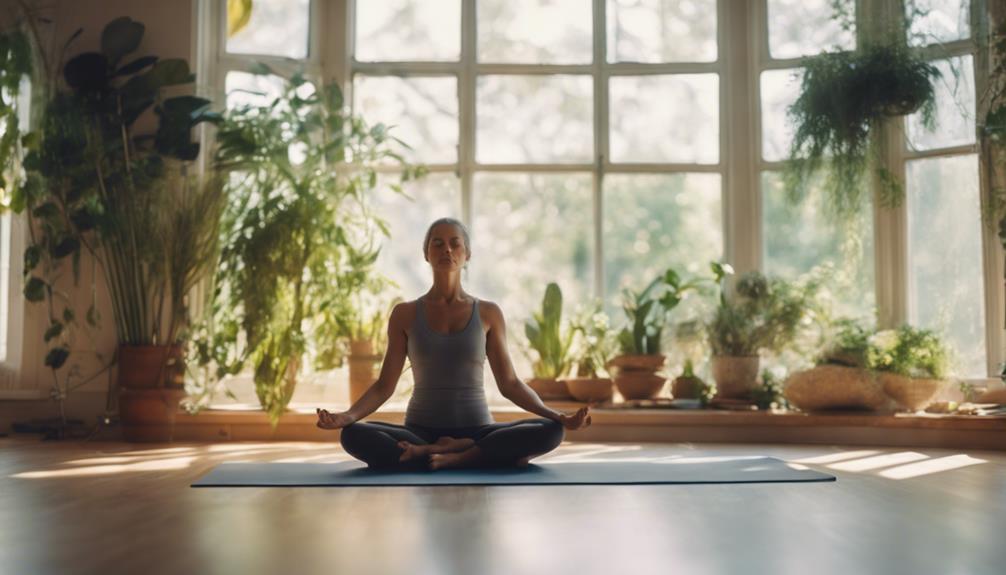What Is Chaturanga Yoga

Chaturanga Yoga is an integral component of many contemporary yoga practices, particularly within the vinyasa and ashtanga traditions. This posture, often referred to as “Four-Limbed Staff Pose,” serves as a critical transition in sequences, linking various poses together. In this blog post, we will delve into the essence of Chaturanga Yoga, its benefits, proper alignment, modifications, and how it integrates into a broader yoga practice.
The Origins and Philosophy of Chaturanga Yoga
Chaturanga Yoga has its roots in ancient Indian traditions, where the term “Chaturanga” means “four limbs.” This name signifies the position of the body in the pose, where only the hands and feet touch the ground, while the torso remains parallel to the floor. In the context of yoga, it symbolizes strength, balance, and control. The practice of Chaturanga is not just about physical strength but also about cultivating mental focus and discipline. Understanding its historical context can deepen your appreciation for this essential pose.
Benefits of Practicing Chaturanga Yoga
Incorporating Chaturanga Yoga into your practice offers numerous benefits, both physically and mentally. Physically, this pose strengthens the arms, shoulders, and core, enhancing overall stability and endurance. It also improves flexibility in the spine and opens the chest, promoting better posture. Mentally, practicing Chaturanga can enhance concentration and mindfulness, as it requires focus and control to maintain the pose. Regular practice can also lead to increased body awareness, helping practitioners connect with their bodies on a deeper level.
Proper Alignment in Chaturanga Yoga
Achieving proper alignment in Chaturanga Yoga is crucial for maximizing its benefits and preventing injury. Start in a plank position, ensuring your wrists are aligned under your shoulders. As you lower your body, bend your elbows at a 90-degree angle, keeping them close to your sides. Your body should form a straight line from head to heels. Engage your core to support your lower back and prevent sagging. It’s essential to avoid dropping your hips or raising your head, as this can lead to strain. Practicing in front of a mirror or with a teacher can help you refine your alignment.
Related Posts:
Common Mistakes to Avoid in Chaturanga Yoga
Many practitioners struggle with proper execution of Chaturanga Yoga, leading to common mistakes that may cause injury. One frequent error is allowing the elbows to flare out to the sides, which can strain the shoulders. Another mistake is dropping the hips too low, which can lead to lower back pain. Additionally, holding the pose for too long without proper support can cause fatigue and loss of form. Being aware of these mistakes can help you adjust your practice and maintain the integrity of the pose.
Modifications and Variations of Chaturanga Yoga
For those who find traditional Chaturanga Yoga too challenging, several modifications can help build strength and confidence. One option is to drop the knees to the ground, allowing for a gentler version of the pose. You can also practice from a higher position, such as using a block under your hands or performing the pose against a wall. Additionally, variations like the knee-to-chest pose can help strengthen the core while preparing you for the full expression of Chaturanga. Always listen to your body and progress at your own pace.
Integrating Chaturanga Yoga into Your Practice
Chaturanga Yoga is often incorporated into vinyasa flows, connecting various postures seamlessly. To integrate this pose into your practice, start with a strong warm-up to prepare your body. As you transition from Downward Dog to Plank, remember to engage your core and breathe deeply. After holding Chaturanga, you can flow into Upward Dog or Cobra to counterbalance the effort. Incorporating this transition not only enhances your practice but also teaches you the importance of seamless movement and breath in yoga.
Chaturanga Yoga and Its Role in Building Strength
For many yoga practitioners, Chaturanga Yoga is a foundational pose that builds essential upper body and core strength. It mimics the action of push-ups, making it a functional exercise that enhances overall fitness. Regular practice can lead to noticeable improvements in your physical capabilities, allowing you to explore more advanced postures with greater ease. By recognizing the strength-building aspects of Chaturanga, practitioners can set goals for their practice, focusing on gradual progress and personal achievement.
Conclusion: Embrace the Journey of Chaturanga Yoga
Chaturanga Yoga is more than just a physical pose; it’s a journey towards strength, balance, and mindfulness. By understanding its origins, benefits, alignment, and integration within your practice, you can cultivate a deeper connection with this foundational pose. As you continue to explore Chaturanga Yoga, remember to be patient with yourself and embrace the learning process. Whether you are a beginner or an experienced yogi, Chaturanga offers endless opportunities for growth, both on and off the mat.
Incorporating Chaturanga Yoga into your routine can enhance your overall yoga experience, providing you with the tools to develop your physical and mental strength. So, roll out your mat, breathe deeply, and let the transformative power of Chaturanga guide you on your yoga journey.